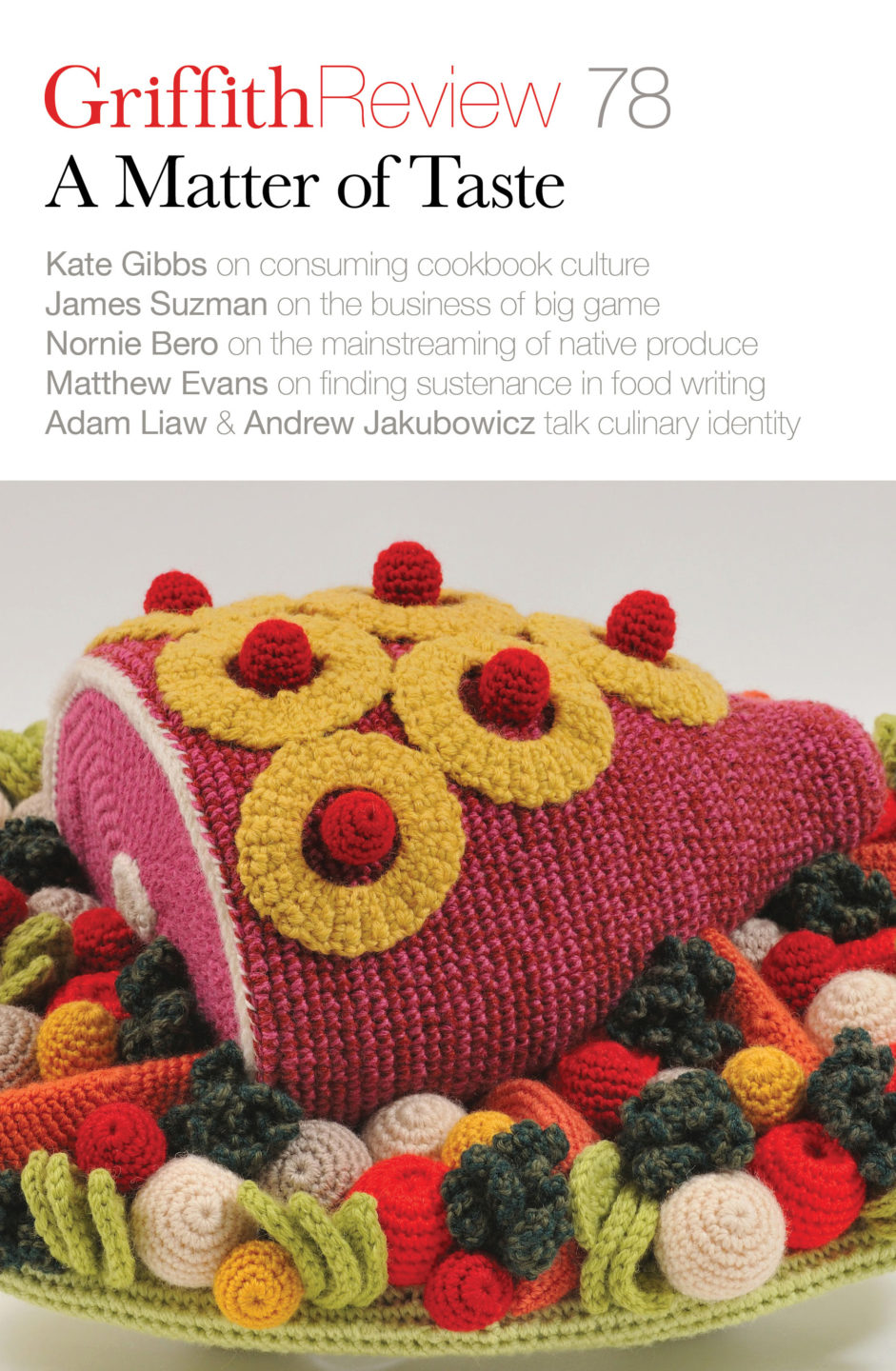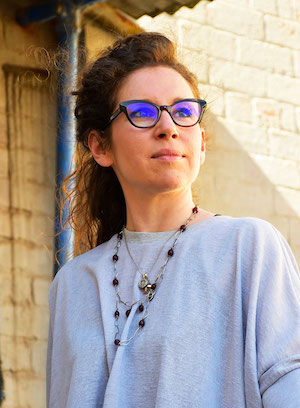Featured in

- Published 20221101
- ISBN: 978-1-922212-74-0
- Extent: 264pp
- Paperback (234 x 153mm), eBook


Already a subscriber? Sign in here
If you are an educator or student wishing to access content for study purposes please contact us at griffithreview@griffith.edu.au
Share article
About the author

Micaela Sahhar
Micaela Sahhar is an Australian-Palestinian writer and educator. Her essays, poetry and commentary have been published in Overland, Cordite, The Age, Southerly, Arena and...
More from this edition

Confected outrage
EssayMany of us can name our favourite childhood lollies. But what if a lolly’s name, or the name of another popular food item, is out of date? What if it’s racist, harmful or wrong? What happens when the name of a lolly doesn’t work anymore?

Tastemakers
IntroductionI’m still pleasantly mystified by our obsession with food – our need to talk about it, remember it, photograph it and analyse it, to eat our feelings and compare our lives to buffets and boxes of chocolates.

Dried milk
Memoir THE RUIN OF the new mother is the raspberry. I give Yasmin, her eight-month-old, the bursting prize of the red berry. I know what I am doing....